Analysis of dust particles collected from the surface of the 500-meter-long asteroid has implications for planetary defense.
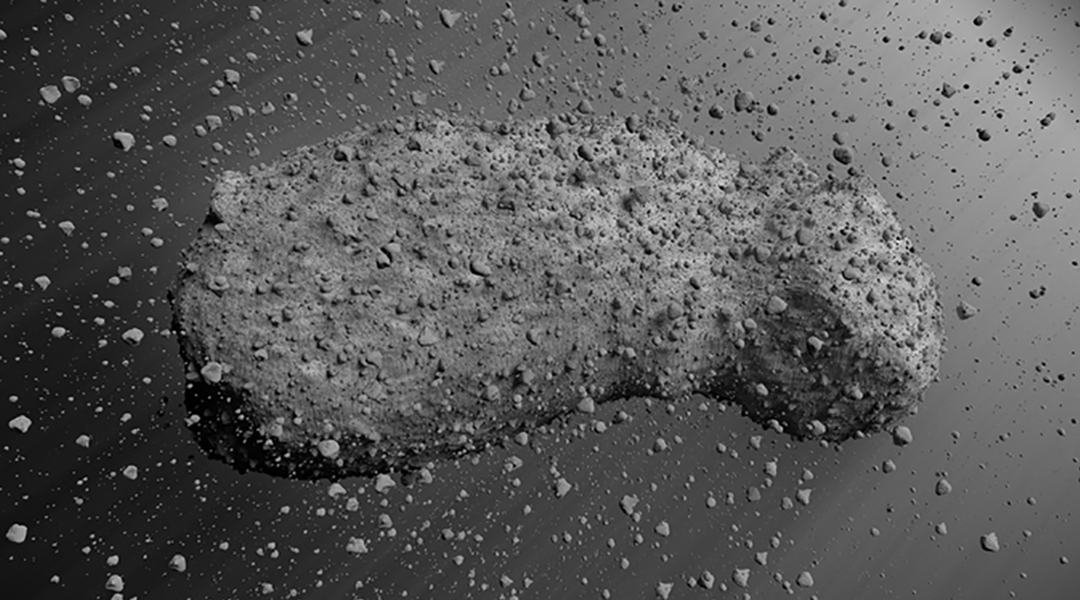


Analysis of dust particles collected from the surface of the 500-meter-long asteroid has implications for planetary defense.

Recreating the bead-like structure of seal whiskers grants scientists insight into new underwater technologies.
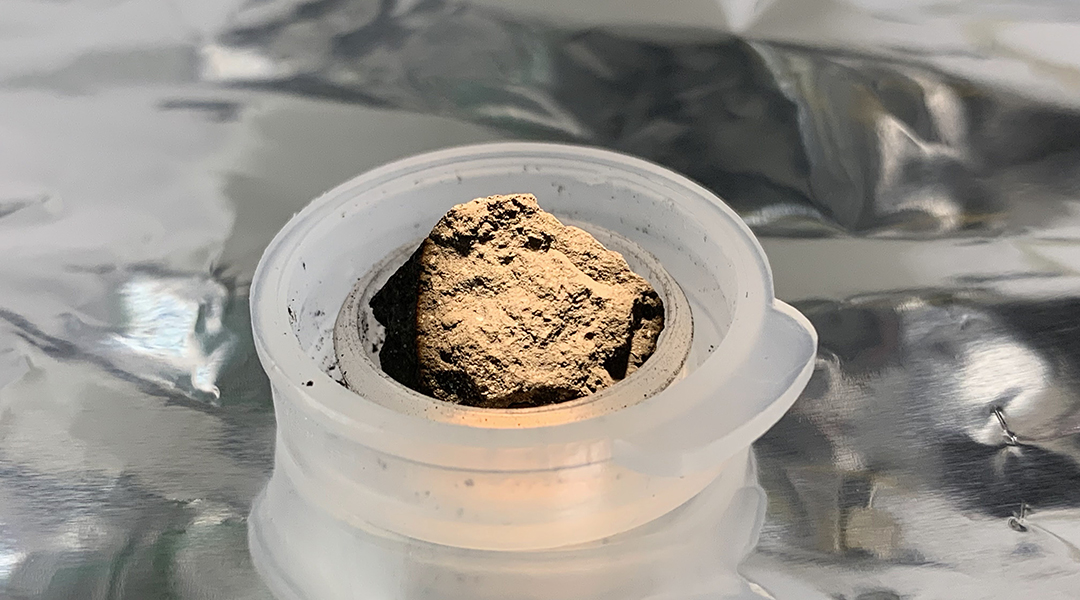
A meteorite that lit up the sky of Gloucestershire contains amino acids, the building blocks of life.
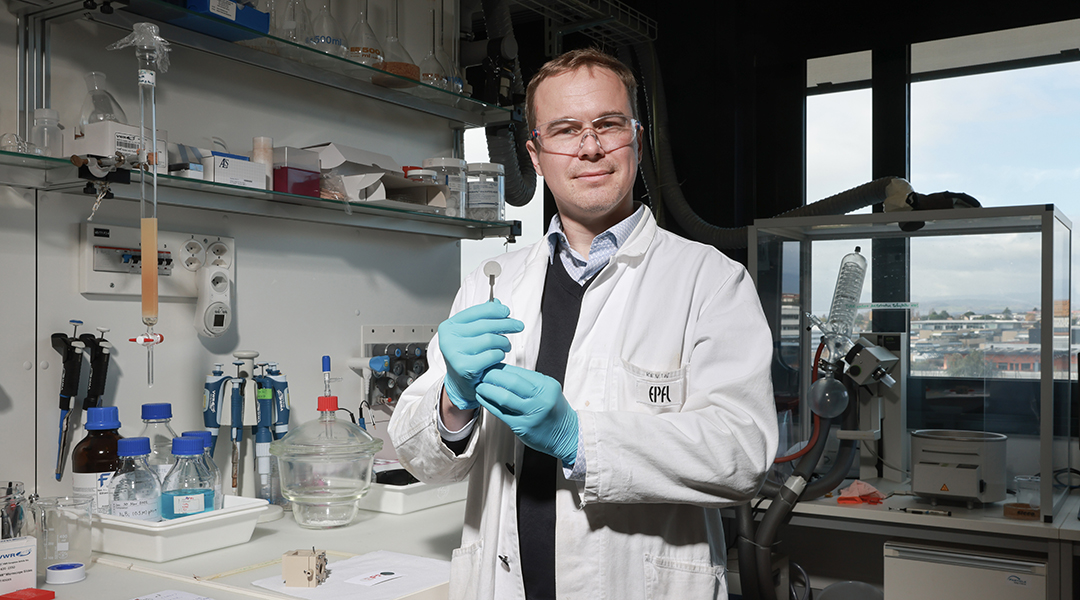
Taking inspiration from plants, researchers demonstrate a proof-of-concept device that extracts hydrogen fuel from humidity using sunlight.
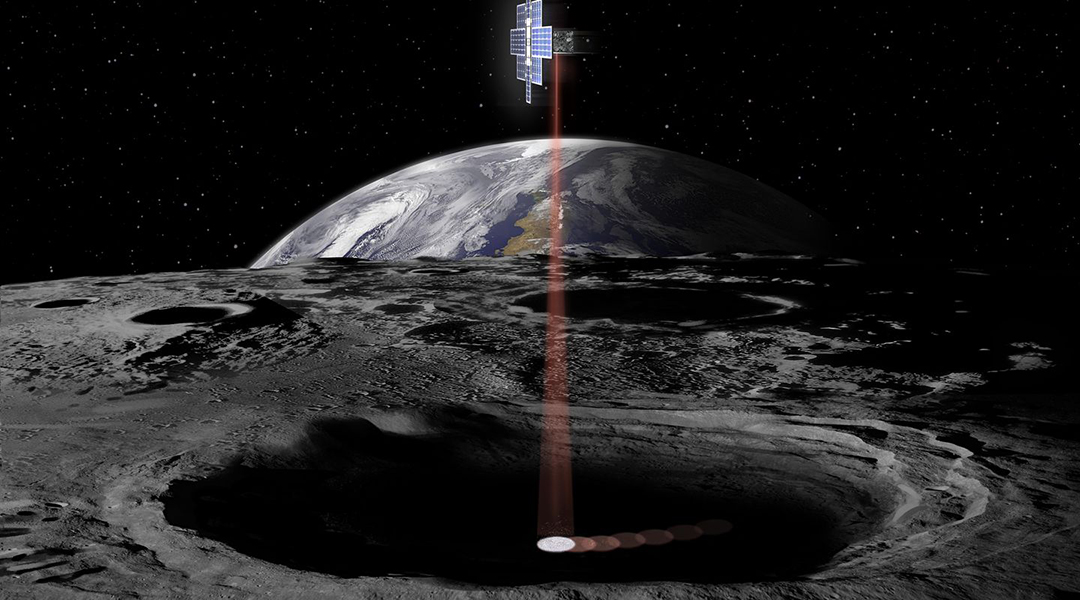
Three of the briefcase-size satellite’s thrusters are underperforming, jeopardizing its journey to the Moon.
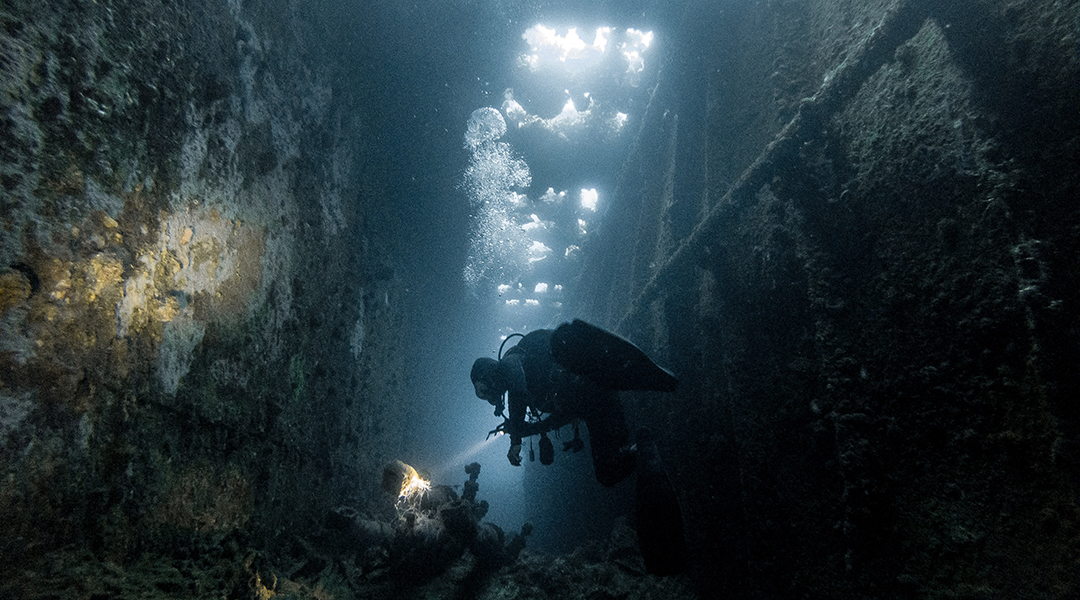
A new battery design not only provides energy,not only provides energy, but facilitates automatic surfacing and diving mechanisms in electronic, underwater equipment.
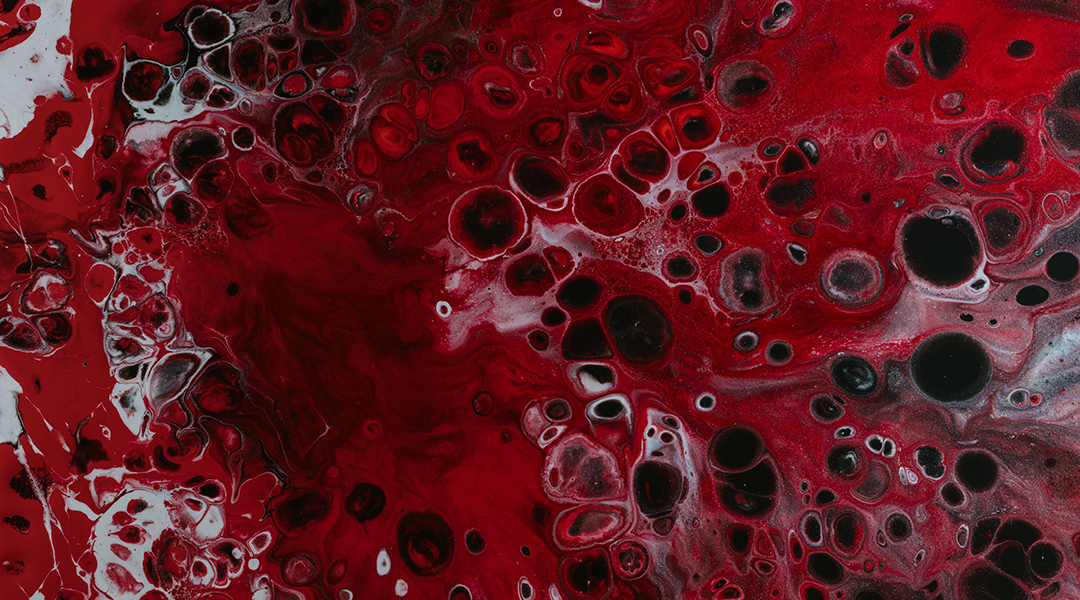
Blood coagulation is a common but delicate physiological behavior and is inspiring new porous materials.
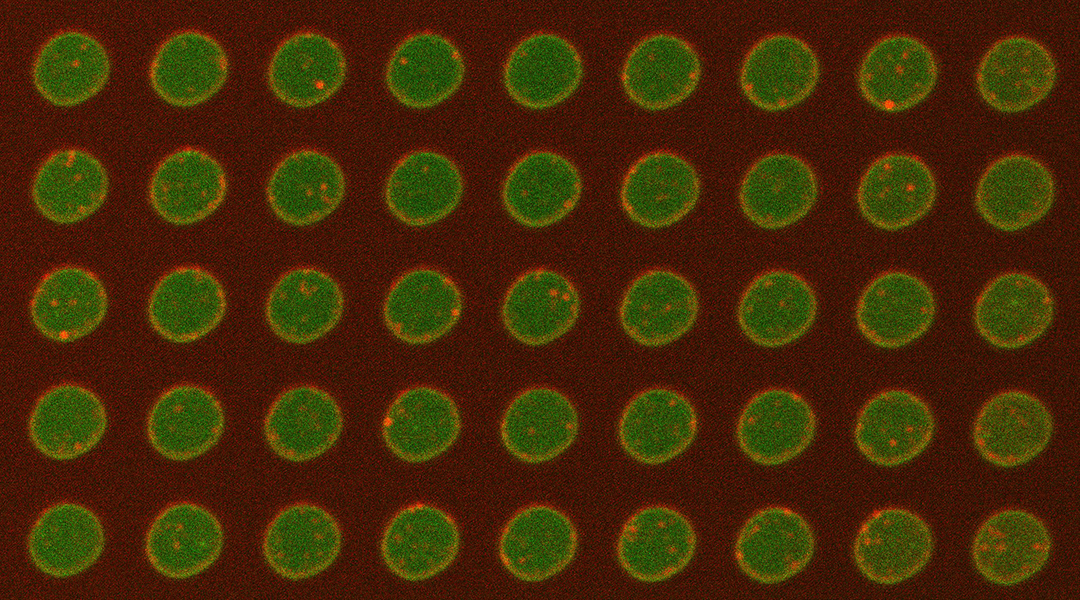
Compared to other platforms, this new “on-a-chip” system allows membrane proteins to be studied in their natural state.

A new hydrogel platform helps monitor chemotherapies in the body in real-time, allowing their side effects and potency to be better understood.
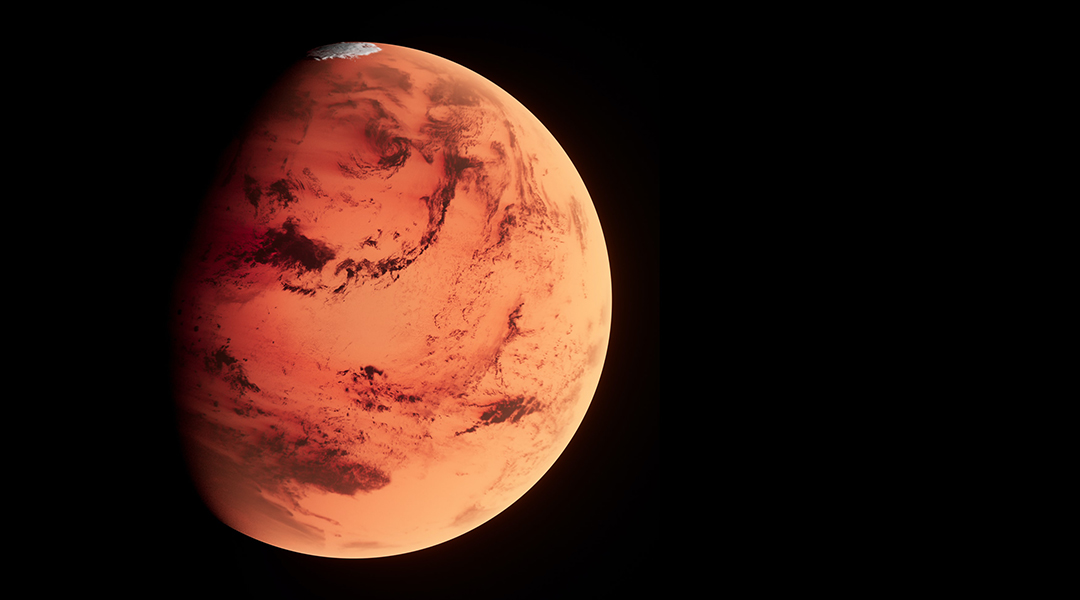
The 3.5-billion-year-old shoreline provides evidence of an ancient ocean in Mars’ northern hemisphere as well as sea-level rise.